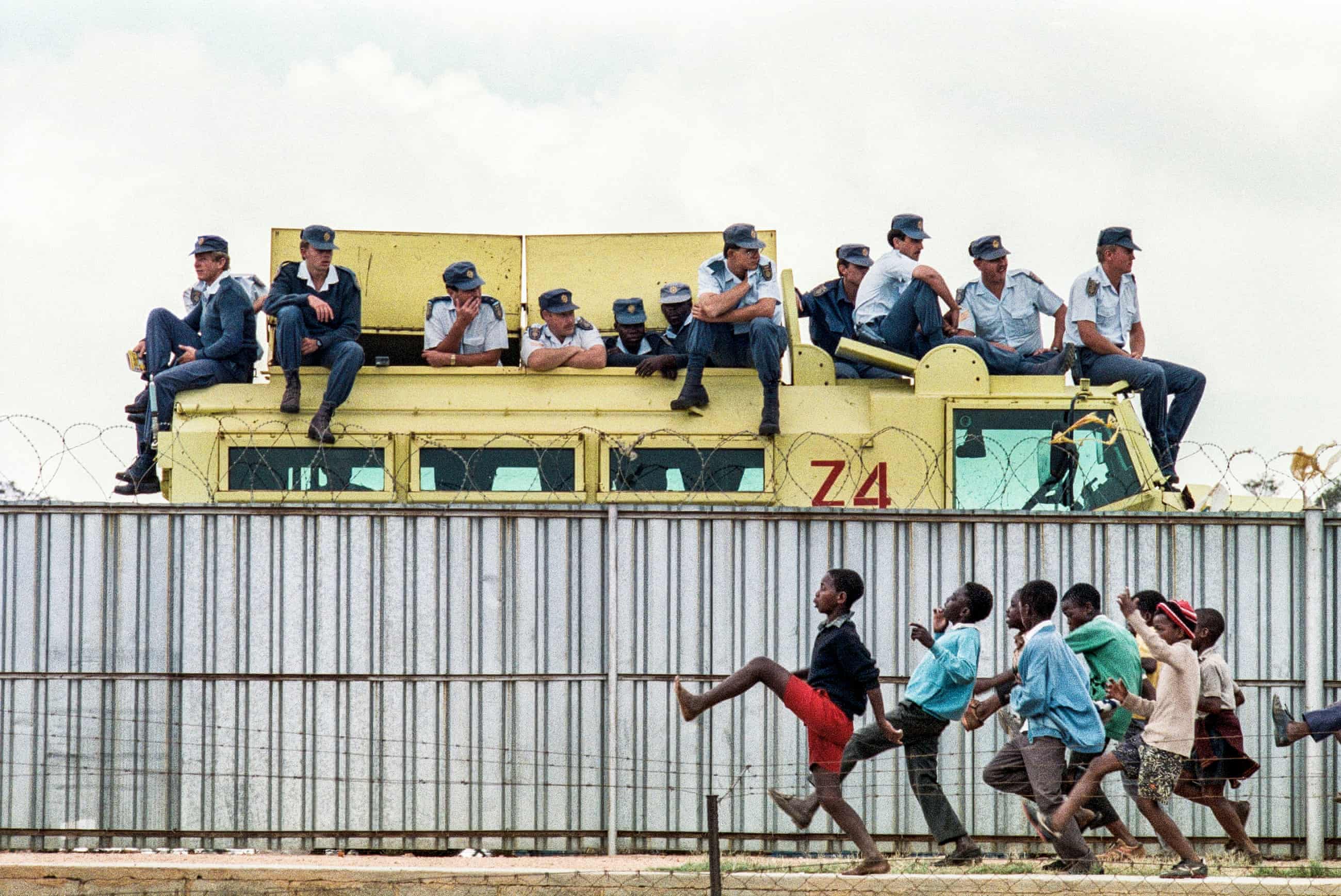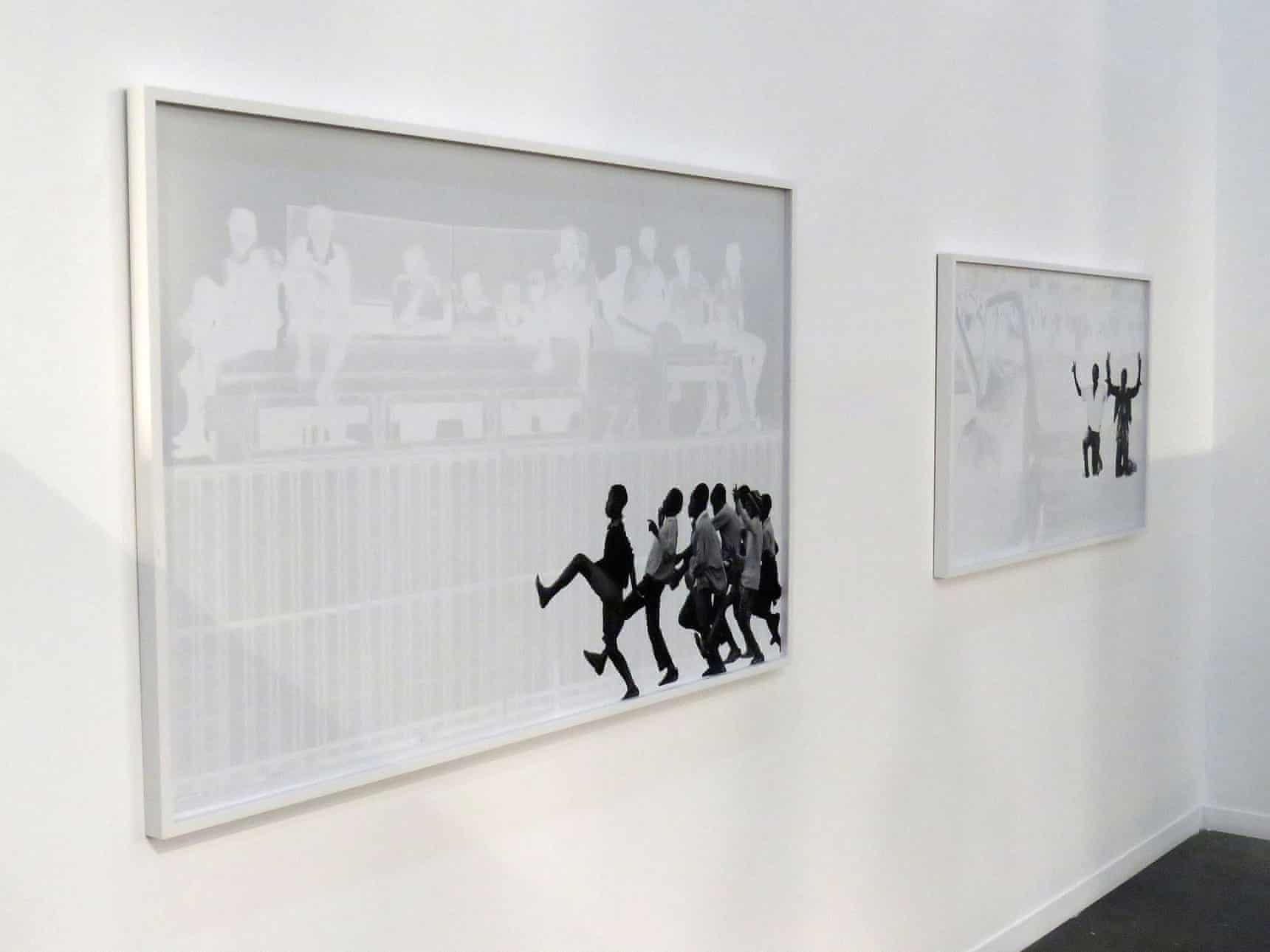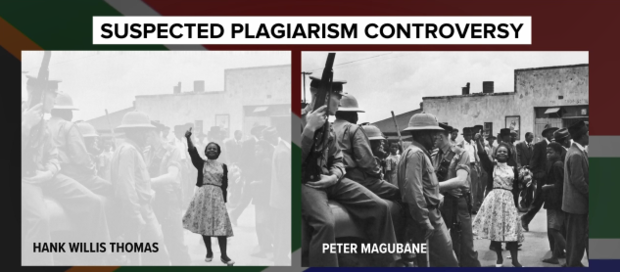Going back to the seventies, as a male, if I was thinking about a career at school, doing an art degree would the last thing to be considered, even if my dad and I both loved and practiced art. Baby boomers had to get a “real Job” to feed their families. The chosen career had to be at least sustainable until you retire. I followed my dad’s footsteps into an Electrical Engineering (electronics) and the rest is history.
Today there is a new world of opportunities and the way we look at employment. Employment is no longer based on a lifelong career and you are not expected to work at one organisation for life. The Current employee or business need to rediscover itself in the context of and ever changing world and reeducation and developing of new skills is required more often than in the past.
This weeks classwork left me with an impression that there is a “Real Job” in photography. Not only one but many. And I reiterate: it is photography related. This was a mind blowing realization for me… Starting with the interview in week 1 with Lydia Pang, Ted Forbes’s discussion on why one should study a degree, followed my the contemplation of the incomplete listing in the section, Presentation – Other Careers in the Photography Industry, reaching its apex in the Interview with Gem Thatcher and closing with the redefinition, for me, of what a professional photographer is in the presentation by Module leader Anna-Maria Pfab– DNA of a 21st Century Photographer based on Grant, Scott, Professional Photography: The New Global Landscape Explained
If you follow my blog you will see the start of this transformation. My Initial “Busines plan” was to become a freelance photographer, earn most of my income from wedding photography and expand my photography work through doing education in photography. The latter being the main motivation for me seeking a higher education and my MA. But this mind set is changing,
My first shift even happened before I started with this course when going through an introspection (Nagel,2019), I realized that I had a deep desire to find a way to express for myself as a human being. . ” I always felt the need express myself, to take photographs, paint, draw, write, teach, study …do more…. I know now that I have been missing my artistic expression (Nagel, 2019).” At that time I decided to embark on a path, not governed by my need for an income, even if that is important, but to make the the path that I want to walk for the rest of my life.
Let me share what inspired me this week. Gem Fletcher interview with Lydia Pang (Fletcher, 2019) as a youthful idealist showed me a proactive approach to get what you want. That you did not need to know your way but to “try everything” to discover what you don’t like and continue with and pursue more passionately that that you do. As far as commenting on opportunities, she also made it clear that in the post internet environment, all links are equal and that the internet and social media. If used properly , provides the opportunity to make yourself authentically available and present your work to the industry to parties that is looking for your viewpoint. And the biggest learning for me is something that is not new, is that we are primarily creatives seeking other creatives to participate in a common collective. Ted Forbe’s podcast reaffirmed that this is higher education’s greatest benefit.
The sample list of careers in photography, elucidate the way one can align your particular skills with a direction without compromising your primary passion, photography. Photography and video is arguably becoming the largest communication methods and it is still an emerging and growing field. This means that, even if the need to be a professional photographer is seemingly on the decline, due to citizen journalism and the proliferation and ubiquity of photography, there is an increase in demand to leverage from specialist in photography to use this photography. New interest is growing for creative professionals that need to interact with corporate as well as individuals that know how to leverage from these mediums. Corporate needs to make the most of these opportunities that this present. And that this landscape is ever changing and vibrant!
During Marianne Hanoun’s Gem Fletchers interview Fletcher states: “Being a good freelancer involves more than great creative work. You need to be able to pitch your ideas, market your brand, manage client relationships and budgets, and think strategically (Hanoun, 2017) .” Her multitude of roles reinforced the idea that you don’t have to paint yourself in a specific corner to make a success in this industry.
Unlike Pang, who does personal work as an escape, Fletcher illustrate that she also does personal projects to try new avenues and interest and staying hands on. Keeping her current. Pang focus more on writing about and looking at photographs and photographers rather than making any herself. Both approaches are fine today.
Fletcher is prepared to cross the “holy” divides. As she says: “The industry is constantly shifting and evolving and the opportunity to work across multiple disciplines is now embraced rather than frowned upon. This is really liberating (Hanoun, 2017) . “
Fletcher and Pangs interviews opens up the world of possibilities to me and I have decided to not be too rigid when planning the development of my practice and immerse myself to her concluding wisdom. “The number one would be make work. You learn more and faster from doing, than anything else. Get out in the world, make connections with people, collaborate with friends. Don’t be afraid to reach out to people for advice or feedback, but be smart about it (be short, clear and concise). Make the most of opportunities, ask questions. Be curious and open. (Hanoun, 2017)
The final part of my discovery lies within the tri-classification by Scott of professional photographers. When researching the market the local market and having no insight into corporate photography opportunities I came to the conclusion that most the most sustainable commercial opportunities lies as a “Domestic Professional”. Wedding, boudoir, pre-and postnatal and portraiture photography seemed the only way to guarantee a sustainable income. We don’t have access solid market information in South Africa and most of my peers work as either full time or part-time domestic professionals. But that was just a perception created when using the internet to do research. It is the prevalent marketing engine for this type of photographer. It was also the level I felt the most comfortable in. While there is a lot of competition in the low end market, the mid to upper market is still a great opportunity.
It was the general professional and high-end professional levels that has proven to be eye opening.
According to Schott ” the high-end professional who works with a cross section of professional clients within one or across a wide spectrum of photographic genres.” is the highest inspirational level for creative professionals in the photographic industry. “They are defined by a high quality client base, which in turn results in a strong financial reward for their work (Scott, 2014).”
To get there you need to become a general professional. “The general professional who also works with a cross section of professional clients within one or across a wide spectrum of photographic genres. They have a slightly less prestigious client base and therefore receive a lesser financial reward for their work.(Scott, 2014)”
Scott Makes the point that “they usually come from a creative academic background and are informed by the work of their peers” I.e know how to work in a collaborative environment. Both of these areas are focused on creating, keeping, and enlarging their commercial client base.
I am currently an IT architect and these statements in a way hold true. I work mainly for some of the largest IT organisations and collaborate with peers on major projects. Corporates actually find me through some of my peers as my reputation is build from previous engagements. I am currently freelancing. It is also a competitive environment. I really did not realize until now that if engaged with corporates, such as editorial, ad and branding companies, that require photographic skills, I would discover a whole new world of opportunities. It is something I need to test.
As I intend to do documentary photography, I need to identify enterprises and collaborators that I can engage with to achieve this goal. I will make this part of my project.
I would be able to use my current skills and the Masters Degree to migrate myself from IT to the creative professional I always wanted to be. Having an up to date degree and years of experience as a domestic professional, and doing personal projects during the next year and a bit will go a long way to get started. However, I will need to build that reputation through internship,work and collaboration on private projects and marketing myself to corporates and as Pang recommend use the platforms they will use to present my work . Even If Pang states that we can be found, because corporates are looking, I believe personal relationships in the industry will also go a long way to getting me commissions. The only hurdle is that I am 60 and may be perceived as being too old. But I am up for that challenge, and as long as my health and mental acuity persists I may land myself a dream project. I have already discovered that as a freelancer you are always as good as your last job.
To conclude: a career in photography is a real job! And I need to consider it! Even if it is just for living out my dream! But the path exists and I need to take control of that and decide which way to go.
References
Nagel, A. (2019). Finding my Artistic Expression. [online] André Nagel’s Critical Research Journal. Available at: https://ancrj.blog/2019/06/08/the-journey-begins/ [Accessed 15 Oct. 2019].
Grant, Scott, Professional Photography: The New Global Landscape Explained (2014), CRC Press, p. 5
Hanoun, M. (2017). “Photography is a gateway to so many different people and…. [online] Lecture In Progress. Available at: https://lectureinprogress.com/journal/gem-fletcher [Accessed 14 Oct. 2019].
Fletcher, G. (2019). The Messy Truth: Lydia Pang – On Commissioning on Apple Podcasts. [online] Apple Podcasts. Available at: https://podcasts.apple.com/gb/podcast/lydia-pang-on-commissioning/id1459128692?i=1000442904984 [Accessed 8 Oct. 2019].



